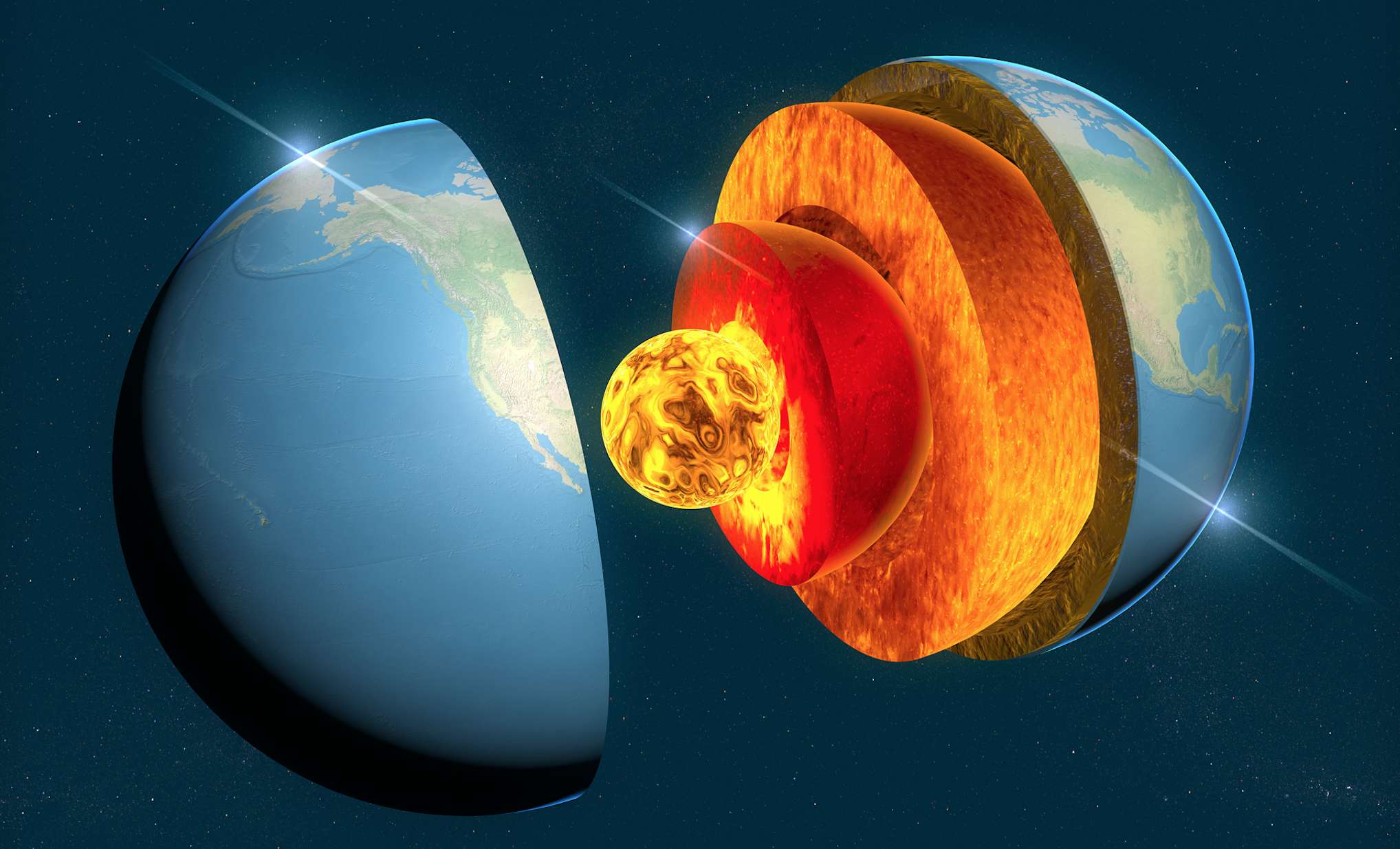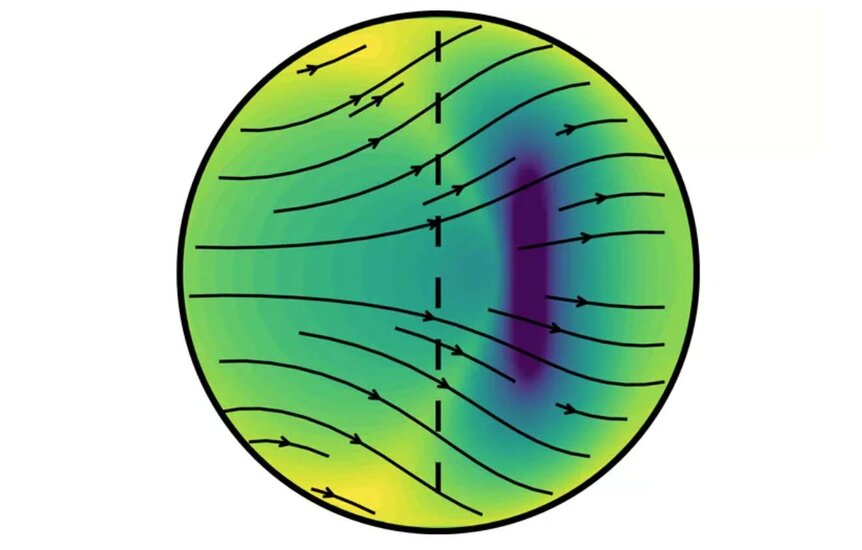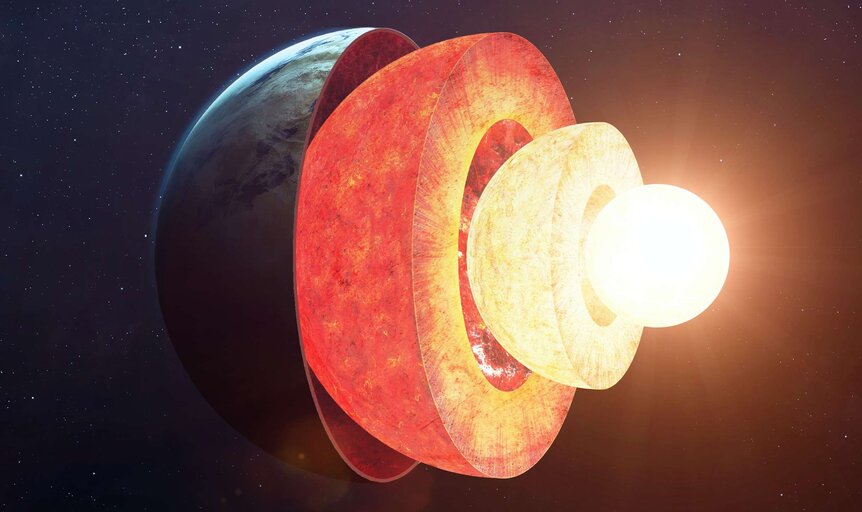Create a free profile to get unlimited access to exclusive videos, sweepstakes, and more!
Scientists are puzzled over why Earth's core keeps growing all lopsided

Be careful when making fun of the Earth's core's malformed features, as it's far older and wiser than any of us, plus it's really the only one we have unless you've just returned from Earth 2 in a parallel dimension.
With the advent of a new study proposed by a team of UC Berkeley seismologists, Earth’s inner core is growing faster on its east side and they have no solid answers as to the reasons why.
According to their open access report recently published in the online journal Nature Geoscience, the solid inner core is losing heat more rapidly beneath Indonesia than it is under Brazil, and that's messing with seismic waves passing through it to create a sort of “lopsided“ growth pattern.
This mounting mystery brewing at the very center of our planet is nothing new and is officially known as a condition called seismic anisotropy. For some strange reason, waves passing through the core move faster when they're zooming between the north and south poles than when they're traversing the equator.
But now for the first time, scientists observing seismic waves streaming through Earth’s iron core caused by subterranean quakes might have a partial answer to this geologic oddity.
Employing computer simulations of core growth spanning the last billion years, UC Berkeley researchers were able to determine that gravity tends to equalize this asymmetric growth by shoving iron crystals toward the north and south poles.
This aligns the long axis of iron crystals along the planet’s rotation axis, which explains the varying seismic wave travel times in the inner core. The witnessed enlargement seems to be caused by new iron crystals forming faster on the east side of the core versus the west.
"The movement of liquid iron in the outer core carries heat away from the inner core, causing it to freeze," lead study author Daniel Frost, a seismologist at the University of California, Berkeley, told Live Science. "So this means the outer core has been taking more heat from the east side [under Indonesia] than the west [under Brazil]."
Each year, Earth’s inner core radius grows uniformly at an average rate of about 0.04 inches. Gravity self-corrects for the uneven growth by directing new crystals toward the west. Per the team’s report, these redistributed crystals bunch into lattice-like structures stretching along the core's north-south axis where they act as seismic freeways that allow earthquake waves to travel at a higher rate of speed in that zone.
The real mystery is still why this imbalance in the inner core exists in the first place.
"Every layer in the Earth is controlled by what's above it, and influences what's below it," Frost noted. "The inner core is slowly freezing out of the liquid outer core, like a snowball adding more layers. The outer core is then cooled by the mantle above it — so to ask the question of why the inner core is growing faster on one side than the other might be asking the question of why is one side of the mantle cooler than the other?"
One likely culprit, or at least a co-conspirator, could be our planet’s moving tectonic plates cooling the mantle at deep subduction points, and thereby affecting the inner core.
Another conundrum occurs when considering if misguided cooling in the inner core might change Earth's magnetic field, something that’s currently activated by movements of liquid iron inside the outer core, which is in turn generated from lost heat from the inner core.
“If the inner core is losing more heat in the east than the west, then the outer core will move more in the east too,” Frost added. "The question is, does this change the strength of the magnetic field?"
















